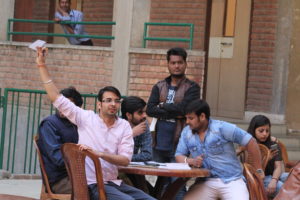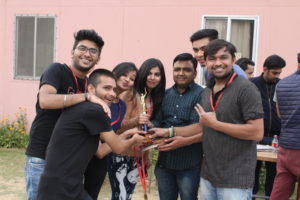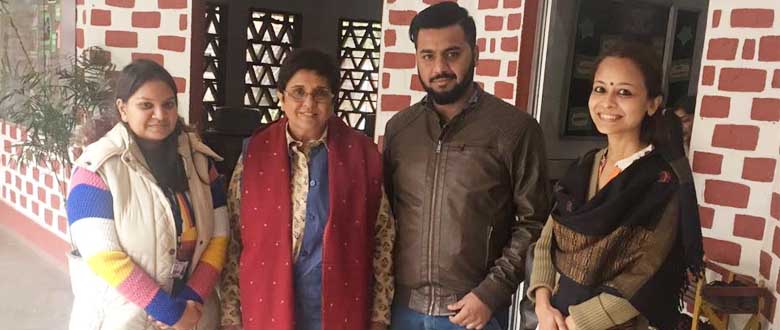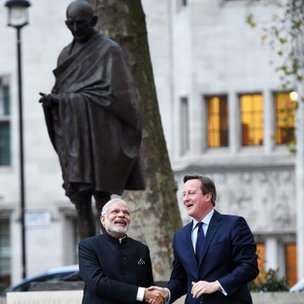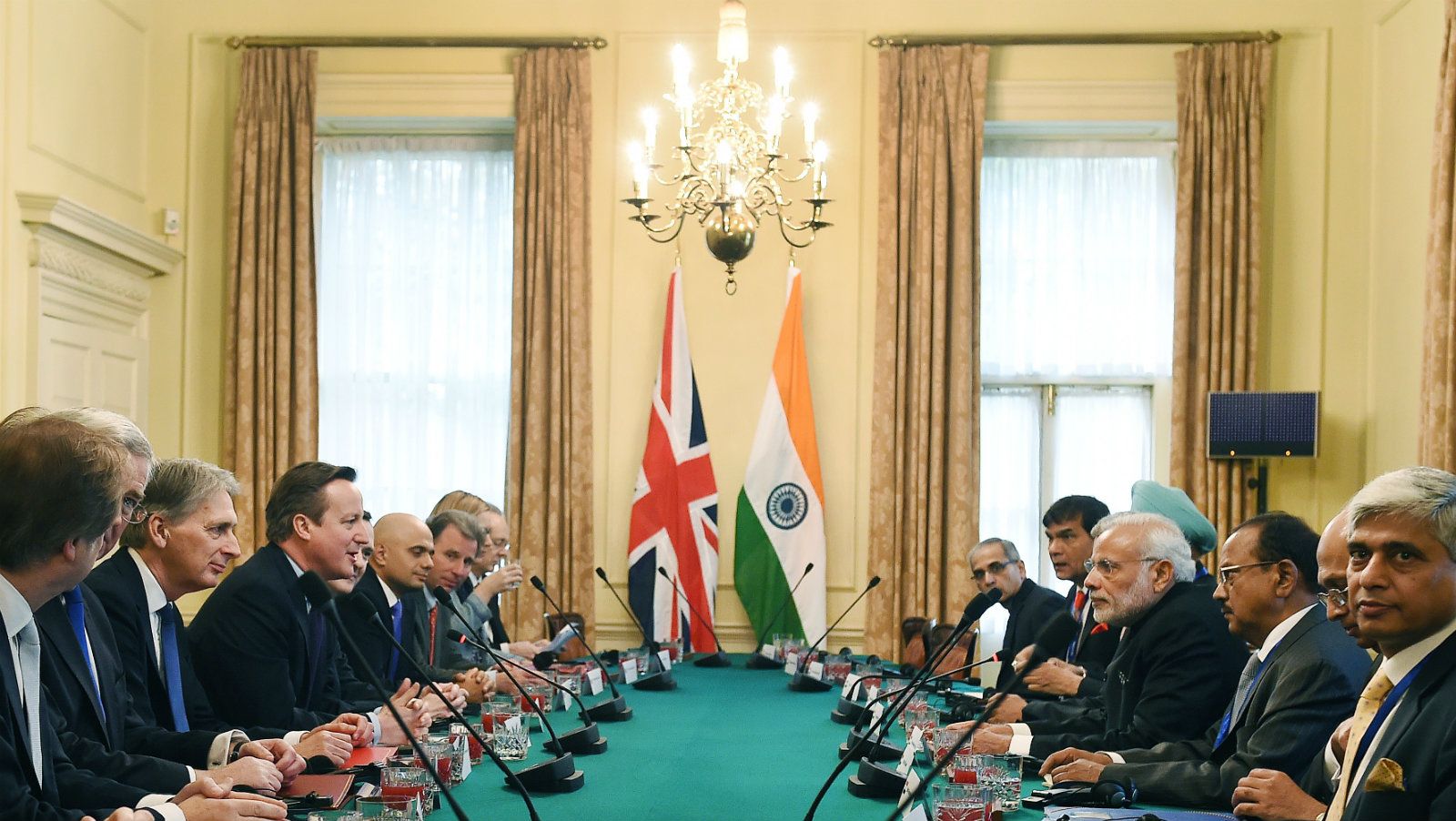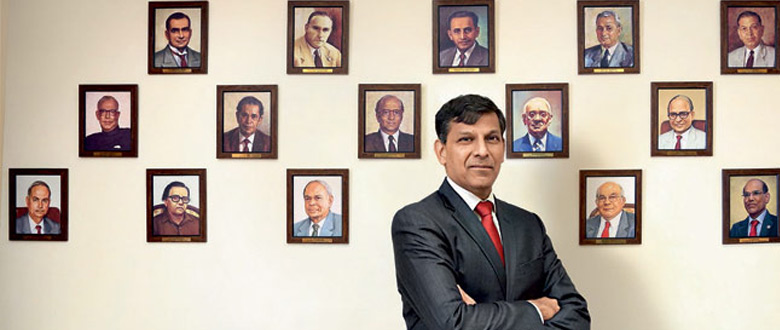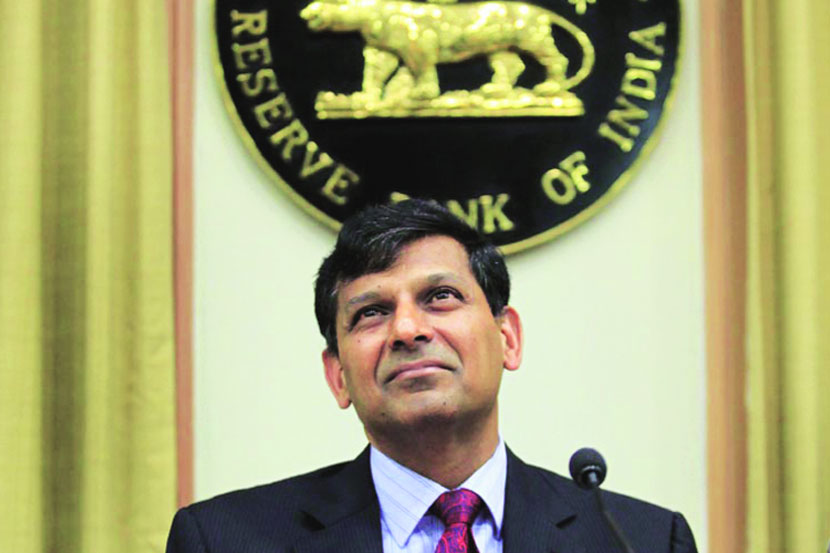Over the last two years, we have seen a large number of startup e-commerce companies shutting shop or downsizing. Many well-known companies like Snapdeal, Pepper Tap, Flipkart, Zomato, Tiny Owl, etc. reported huge losses, shaking confidence of investors and raising serious questions on the credibility of Indian e-commerce opportunity. Many of these were termed as Startup Unicorns, and were valued at over $1 billion. So how could so many companies, backed by some of the smartest investors go so wrong?
Let’s go back to the basics, and reiterate some high school fundamentals in accounting, finance and economics. The basic purpose of all businesses is profit which is a function of revenue and cost. The aim is to maximize revenue and minimize costs. So what is the basic revenue model for ecommerce companies? Most e-commerce companies earn commissions from transactions between buyers and sellers. Revenue forecasts are calculated by considering the average revenue per transaction and the number of expected transactions. Most venture capitalists and private equity funds over valued startups considering the large transaction volume. Going back to the fundamentals of valuation, a company is valued on the revenue, profit or cash flow the business can generate over the next 5-10 years. In case of many of these startups the metric used was Gross Merchandise Value or simply, Total Order Value, but is this revenue for the e-commerce platform? The revenue is merely a commission on this value unless the company is selling the products it is manufacturing. This led to inflated valuations and gave these companies access to funding which has not been used in the most rational manner.
Analyzing the costs, the cost of customer acquisition was very steep due to deep discounts, freebies, high marketing spend, free returns, free shipping etc. Even though a significant number of consumers have switched to online shopping, the actual reason of this switch is not convenience – but the availability of better deals online. So if the discounts are withdrawn, the consumer stickiness is at risk. The marketing ROI is debatable, and there is no easy way to reduce the cost without impacting customer loyalty.
Another significant cost component to consider is the hefty pay packages being offered to employees. Many senior employees were hired from leading technology or consulting companies globally. These companies have gone to the best colleges including IITs , IIMs , ISB to recruit. While it is understandable that having good talent on board is necessary to compete with well-established global giants like Amazon, it seems the rationality of deciding the salary costs was compromised in many cases.
Another factor which has contributed to failure is hasty decisions made by co-founders to make expensive acquisitions, expanding to new business areas or to new geographies without stabilizing existing businesses, spending lofty amounts on rebranding, etc. While the entrepreneurial spirit in the youth is a key driver of growth in these ventures, guidance and control from experienced industry personnel including investors can be a powerful guiding rail for the journey.





